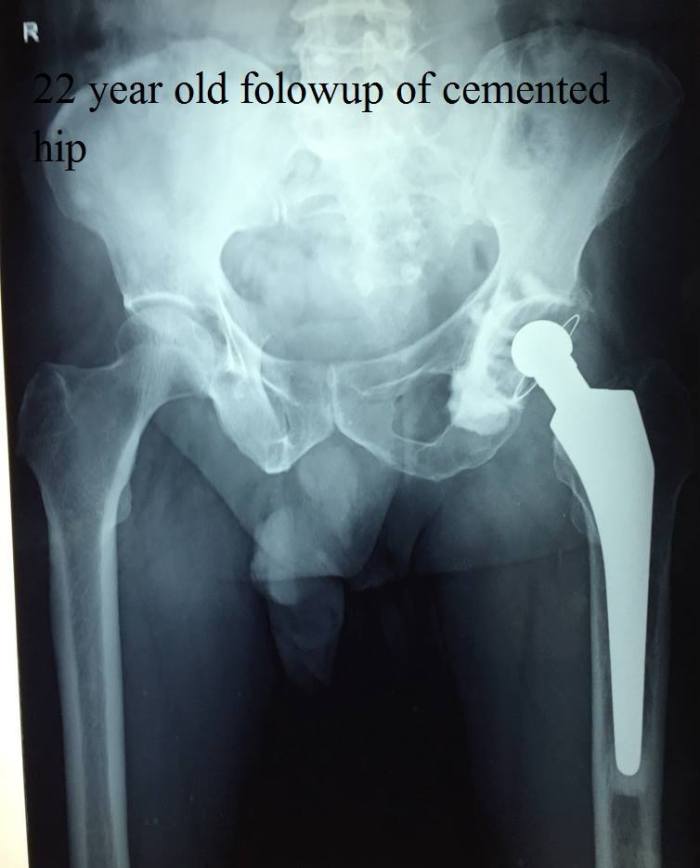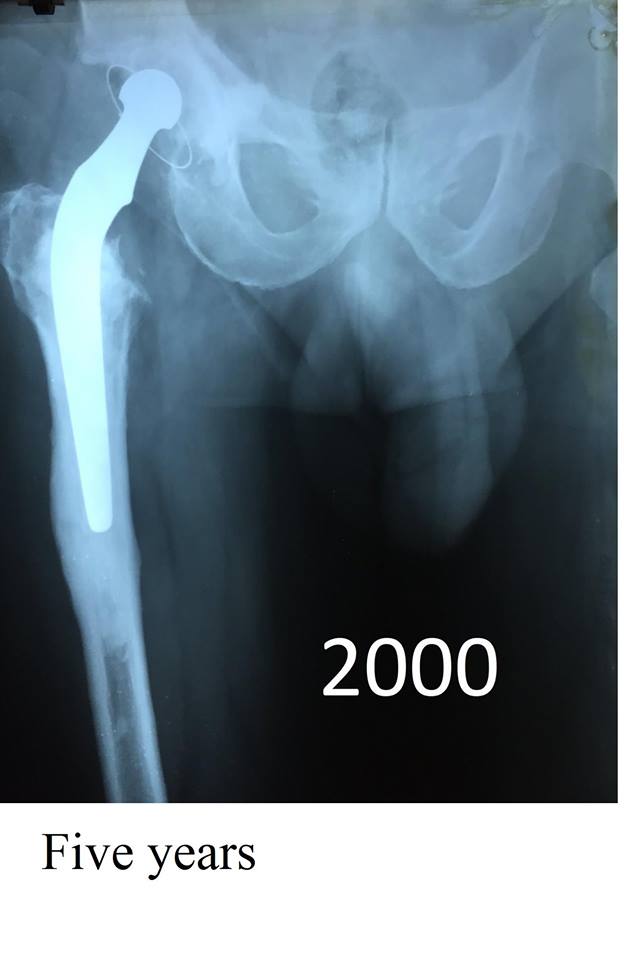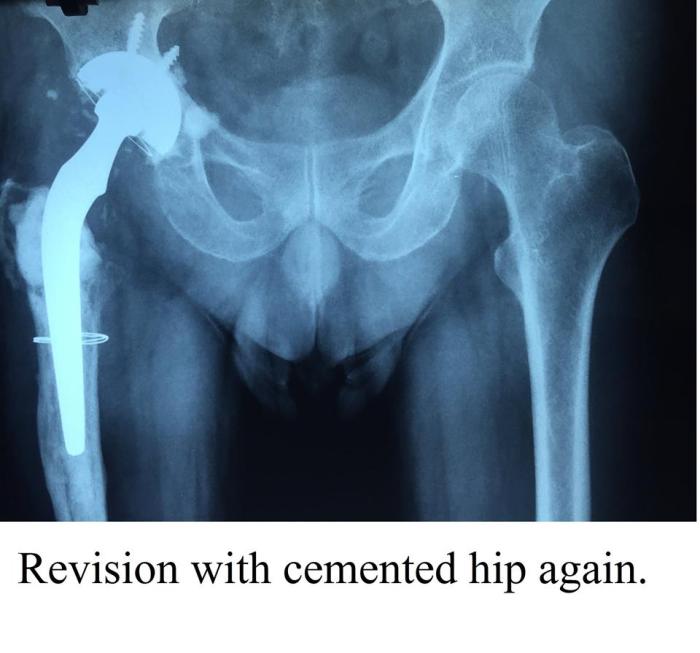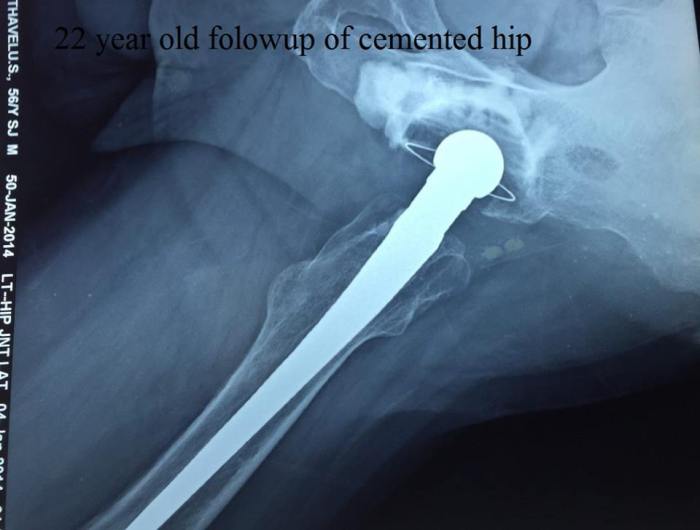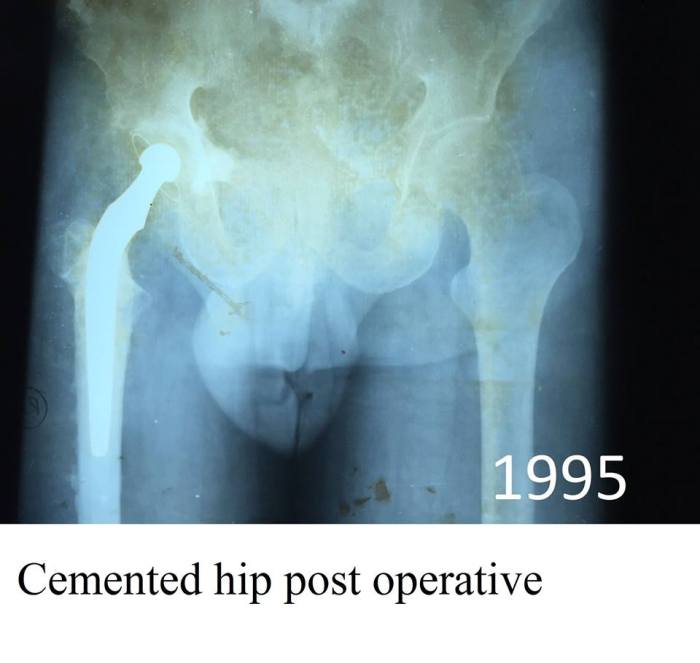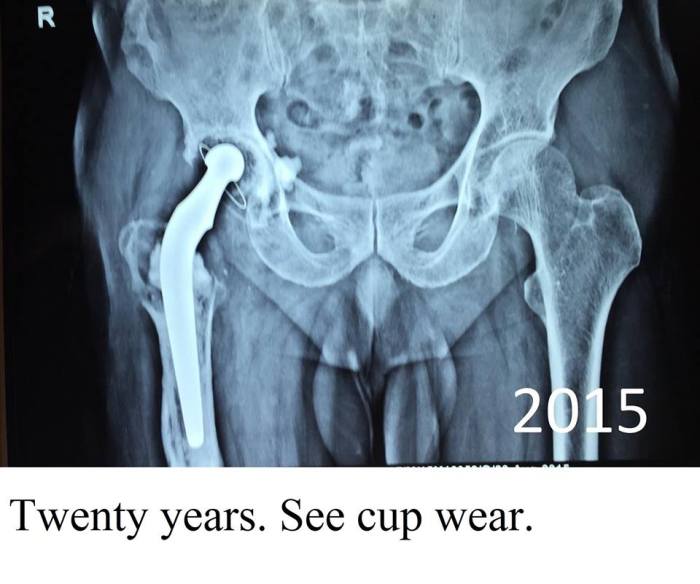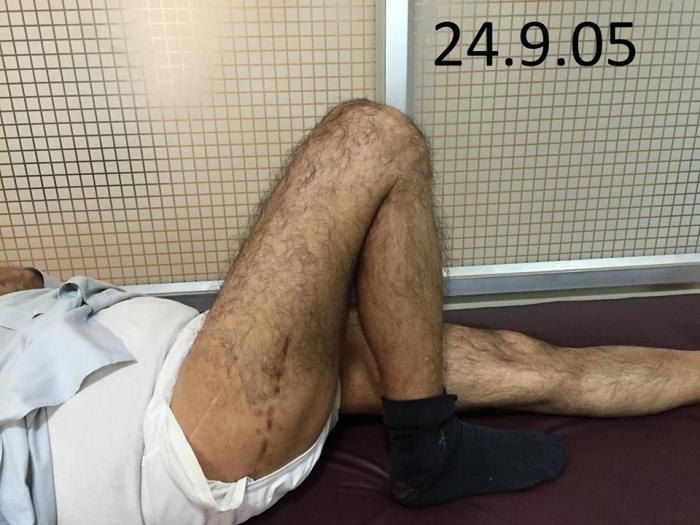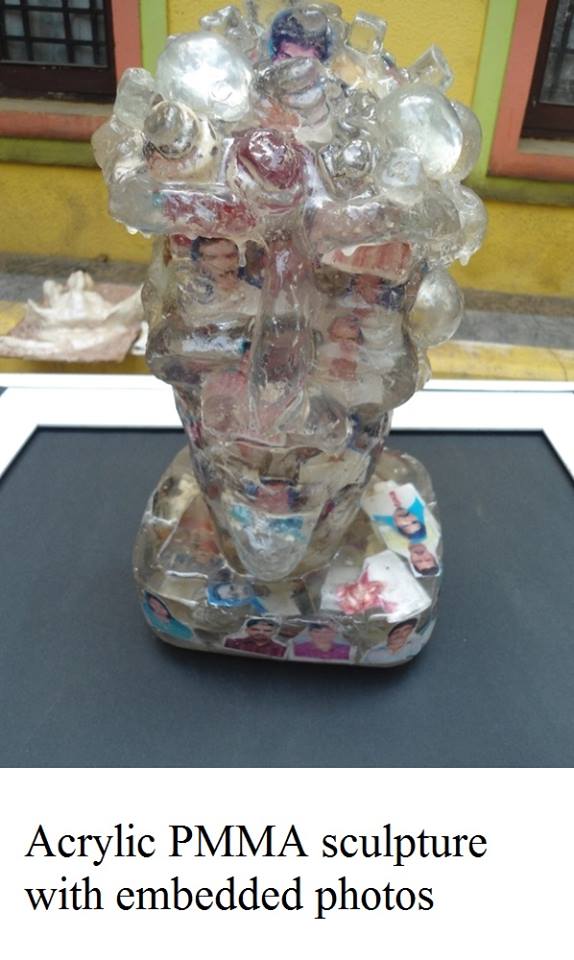This cemented versus cementless debate has finally made me open up. I apologize in advance for my storybook type of rendering. I also make a disclaimer that I have not done more than two digit cementless hip to date, though I have revised a sizable number.
Four unrelated events happened which stimulated me to write this post. When I resumed orthopaedic practice after a 13 year break, it was natural that my old THR patients would come back to me for follow up. (Of course I took the trouble of writing, calling, locating and getting them back for follow up.). In those times I did a Charnley 22mm head all cemented hips. I found a good number doing really well at two decades. Many of them refused to come to my clinic as they were entirely asymptomatic. The second event happened during the last few days when I suddenly started getting messages from orthopaedic colleagues about my cementation technique, especially surgeons who had attempted removal of femoral components cemented by me and had ended up shattering femurs. In the last seven months, I have revised a few cementless hips, and in two cases I found that the bone had ingrown so well into the stem, that removal left an extremely egg shell femur. One I even cracked and had to wire. And then today happened the fourth event. The post in this group, Anuj propagating cementless acetabular components, and people questioning the value of cement in orthopaedics.
The questions that came to my mind were the following
1, Which lasts longer? Cemented or cementless? Both for femur and acetabulum!!
2, Which is easier to revise?
3, Duration of surgery in both primary and revision, cemented and cementless.
4, Is the use of a cementless joint justified under any condition?? Or the corollary, what are the absolute indications for a cemented joint replacement!
Am I the right man to answer this question? Probably not. But am I the orthopaedic surgeon who has used handled and played with the maximum amount of PMMA acrylic? YES I CERTAINLY AM. A pack of bone cement is 40 grams, and if you have done a thousand joints, you would have probably handled (not actually used; as 60% of cement is wasted), fifty kilograms. The bust sculpture photo attached here is 80 kg. In my life as an artist and sculptor, I have used over 800 kilos of poly methyl metha acralate, and have learnt a lot about its properties. I love cement, its smell and what it does.
Having established my credentials, let me attempt to answer the questions from my point of my point of view, certain EBM5 Anecdotal stuff, but I promise to make it interesting.
There are no conclusive studies to prove that cementless fixation is superior to cemented fixation by analysis of any joint registries in the world. Publications appear to be biased towards the type of implant the author likes more.
Cemented hips have been with us for eleven years longer than cementless, and consequently, to date, individual cases of longest survival are naturally cemented rather than cementless.
Occasionally cementless hips are a little more difficult to revise than cemented ones. Likewise cementation does not significantly add to operative time. I have never seen an anterior thigh pain in a cemented hip. And cemented hips are not always difficult to revise. You need the right cement removal instruments.
Bad cementation technique causes problems. Not cement per se. Let us not be biased towards cement, because it is a foreign body. After all even the prosthesis is!!
The following points about bone cement may help us to understand and use it better. A lot of this information is gathered from non orthopaedic situations where PMMA acrylic resin is used in large quantities.
1,Acrylic cement is not a glue or adhesive. It is more like a filler or grout. Epoxy resins and Polyester resins bind far better than acrylic.
2, Normally polymer powder to monomer liquid ratio is 2:1 w/v, but by modifying this proportion, setting times can be altered dramatically. A 1:1 mix provides prolonged setting time, as does lower room temperature or chilling before mixing.
3, Additives to powder quicken the setting time and also modify setting behaviour quickening the liquid phase, while hardening time remains more or less the same. Consequently Gentamycin loaded cement is less desirable for cementation.
4, A clean dry porous surface allows cement to “get inside” the cancellous areas and anchor holes, allowing a more uniform distribution of stresses and a better grouting, naturally leading to a longer life of the cementation.
These are the tricks I have followed which has helped my cemented to hips last so long that I find no reason to switch over to uncemented hips.
A, Keep surfaces clean and dry. As clean and as dry as possible.
B, Inject liquid cement under pressure. More liquid, greater the pressure, better.
C, Don’t hammer the implant in. Hammering only makes the ductile cement push back the prosthesis. Each blow weakens the grout. Sustained manual pressure is applied on the impactor/ positioner, till elbow and shoulder hurts. This is an important trick!
D, A meticulous removal of all overhanging and loose cement debris is essential to prevent particulate debris wear.
In conclusion, don’t be afraid to use cement, only use it properly. And hope you enjoy the pictures.



